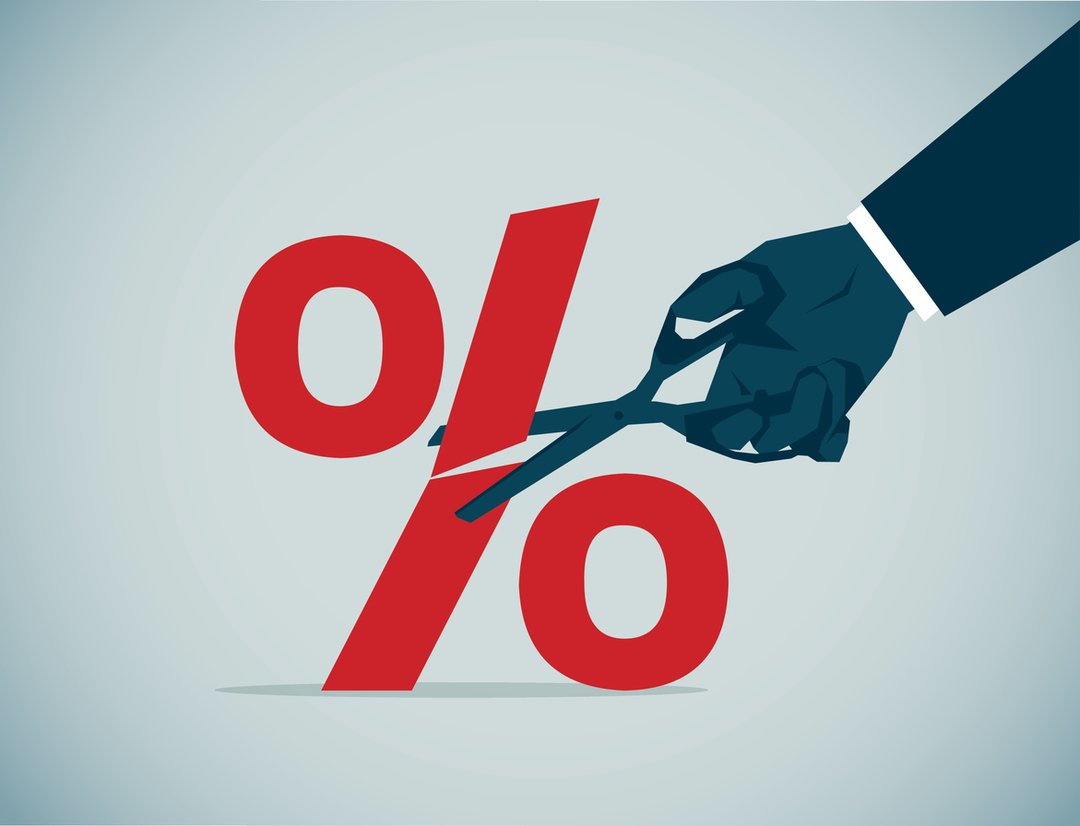
David Rosenberg
March 20, 2024
There were several items that came out of the fourth-quarter national balance sheet data in Canada that leave us with a view that any positive “wealth effect” on spending is subsiding, that households are hunkering down and sharply reducing their appetite for debt, and that the Bank of Canada is going to end up having to cut rates sooner and harder than the United States Federal Reserve, with negative repercussions for the listless loonie.

iStock-825887356
While the stock market rally did manage to take the level of household net worth up 1.8 per cent quarter over quarter in the fourth quarter to $16.4 trillion, that merely retraced the third-quarter decline and leaves the level 2.3 per cent below the peak in the first quarter of 2022. The net-worth-to-disposable income ratio has also come down 135 percentage points from the late-2021 high and has dialled back close to where it was in the fourth quarter of 2020.
Equity ownership on the consumer balance sheet jumped 6.1 per cent to a record-high of $4.45 trillion, but eating into that was a surprising 1.8 per cent pullback in once-hot residential real estate, which has now deflated roughly eight per cent from the peak in the first quarter of 2022. Owners’ equity relative to the value of outstanding residential real estate has declined from 76.3 per cent in the second quarter of last year to 75.6 per cent in the third quarter and now to a three-year low of 75 per cent as of the fourth quarter.
On the liability side, the ratio of household debt to net worth dipped to 18 per cent from 18.2 per cent in the third quarter and is now below the pre-COVID-19 norm of 20 per cent. Total credit market debt relative to disposable income has declined in each of the past three quarters (from 182.3 per cent in Q1 2023 to 181.5 per cent in Q2 to 179.2 per cent in Q3 to 178.7 per cent in Q4 — back to where it was in the second quarter of 2021).
The year-over-year trend in household debt has collapsed to a little more than three per cent from nearly seven per cent a year ago. We have not finished a year with credit demand running this soft since 1990.
The disinflationary move toward shoring up debt-laden personal-balance sheets was reinforced by the increase in the household savings rate to 6.2 per cent, which is nearly triple the pre-COVID-19 normalized level of closer to 2.2 per cent.
Surely, the Bank of Canada can see that the pressures on inflation are fading away and so are the excuses around keeping the policy rate unsustainably high. We say that as the share of household-sector debt-servicing costs being absorbed out of after-tax income remains at punitive levels of 15 per cent — up from 14.5 per cent a year ago and 13.8 per cent two years ago, even with the efforts to curb borrowing.
There has never been a time when a debt-service ratio this high failed to precipitate a recession, and because the debt burden is so onerous, the ratio is higher today than it was in the summer of 1990 (it was 12.7 per cent back then) when the policy rate was sitting at 13.5 per cent.
This is what a decade-long runaway debt bomb creates: an environment where a five per cent policy rate feels more like 13.5 per cent.


